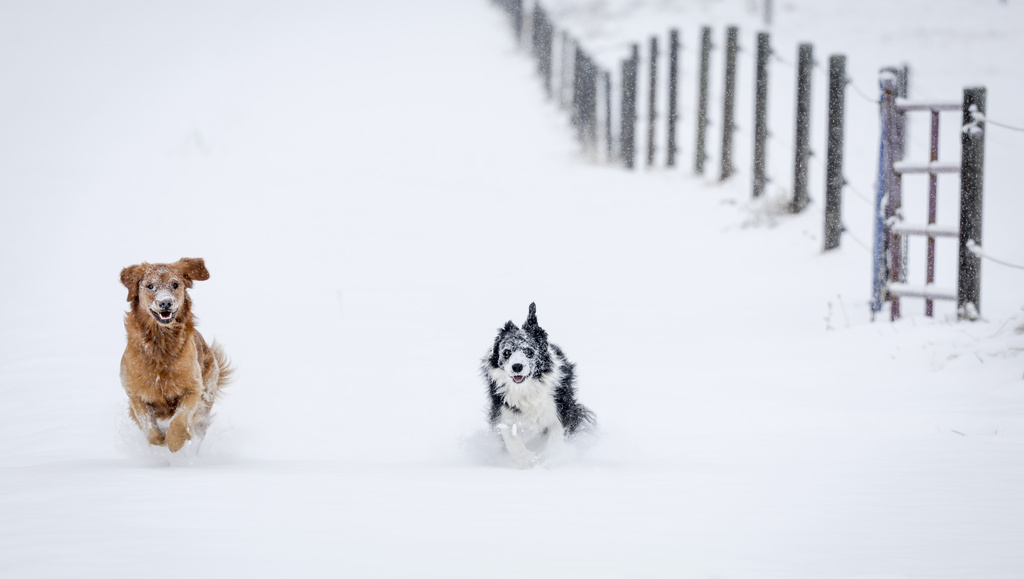Snow has started falling in the northern Cascades and Rockies in the first major snowstorm of the season, prompting people to search out their winter coats, gloves, boots and ice scrapers after a warm fall in many places.
The National Weather Service warned of hazardous travel on snowy mountain passes and ice on some highways when snow initially melts and then freezes as road temperatures drop.
The storm was forecast to come in waves, beginning with precipitation that fell Tuesday as rain at lower elevations in Washington state and as snow in the mountains. The snow was then forecast to spread across northern Idaho, Montana, northwestern Wyoming and North Dakota into Friday.
Cold air moving down from northwestern Canada has combined with a moist Pacific weather system, leading to freezing temperatures and expected snowfall amounts up 14 inches (35.5 centimeters) in Washington’s northern Cascade Mountains and 18 inches (46 centimeters) in the mountains of Montana, the National Weather Service forecasts. Some higher elevations in the northern Rockies could see snow totals of 2 feet (61 centimeters) or more.
Central Montana will see the worst of the snow, said Matt Ludwig, a meteorologist with the National Weather Service in Great Falls.
“We kind of are the bull’s-eye,” he said.
The first snowfall of the season “is always the most dangerous because people just aren’t used to it yet” after driving for months on mostly dry pavement, Ludwig said. Drivers aren’t used to dealing with less traction, slower speeds and longer stopping distances, he said.
Snow was falling in northwestern Montana, including in Glacier National Park, by midday Tuesday and had started in Helena by Tuesday night. Northwestern Wyoming, including Yellowstone National Park, was also under a winter storm warning, the National Weather Service said. Light snowfall was tapering off Tuesday evening in Alberta, Canada.
Helena Public Schools advised families to check the district website or Facebook page early Wednesday for information on any school bus delays or cancellations caused by the weather.
The forecast led residents to make appointments to get snow tires put on vehicles and caused some to realize their underground sprinkler systems needed service.
At Eagle Tire in Helena crews swapped out regular tires for snow tires on 30 vehicles on Monday, manager Payton Lester said. He said they had about 40 more appointments to do the same Tuesday.
At Spieker Sprinklers in Helena, the winterization program is full and they had to turn away callers Tuesday, owner Joe Spieker said.
The storm brings a sharp change in weather. Helena tied record temperatures in the lower 80s (high 20s Celsius) late last week, which is about 25 degrees above average for this time of year, Ludwig said. Great Falls also had a day in the low 80s late last week, and now those cities could see 8 inches (20 centimeters) of snow by Wednesday.
“If that’s not a shock to your system, I don’t know what is,” Ludwig said.
The snow is expected to move across northwestern and north-central North Dakota on Tuesday night or early Wednesday, said Nathan Heinert, a meteorologist with the National Weather Service in Bismarck.
The area of Williston, Watford City and Minot, in North Dakota’s oil field, could receive the heaviest snowfall, potentially 8 inches to a foot (20 to 30 centimeters), Heinert said. Bismarck could see 4 to 6 inches (10 to 15 centimeters) of snow late Thursday after rain Wednesday, he said.
(AP)











